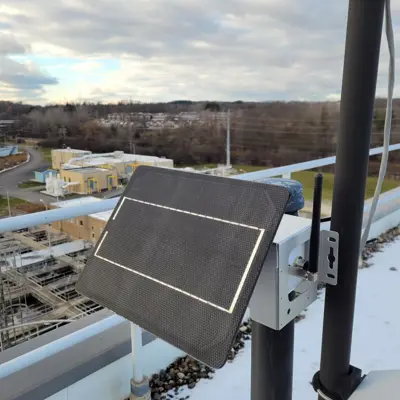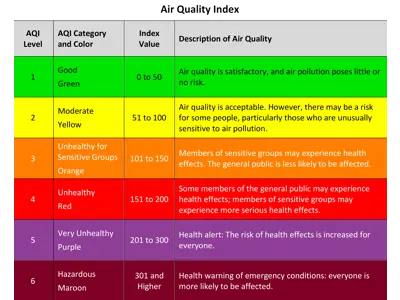Did you know that vehicle idling constitutes 1.6% of all U.S. greenhouse gas emissions, double the total emissions from the steel and iron manufacturing in the country? This is partly why, effective July 1, 2017, Ann Arbor has an Idling Reduction Ordinance. This ordinance specifies that:
- Commercial vehicles have a 5-minute idling limit city-wide and no idling while vehicles are unoccupied.
- Non-commercial vehicles have a 5-minute idling limit in signed "No Idling" zones and no idling while vehicles are unoccupied.
*The ordinance does not impact cars on residential property or in driveways.
For violations of the ordinance, citations can be issued. If you observe a violation of the ordinance, please immediately report the violation by contacting Community Standards at 734-794-6942 or dispatch at 734-994-2911, so that an officer may be sent to the site to confirm the violation.
Do Your Part
1. Turn your engine off. Whether you're picking up your child from school or using the ATM, turn off your engine if you're stopped for longer than ten seconds.
2. Reduce warm-up idling. Experts agree modern engines require only a short idle period after engine start—even in very cold temperatures. Driving slowly for the first mile or two is the best way for the car to warm up. Long idling periods can harm your engine and waste gas.
3. Spread the word. Most people idle out of habit. Encourage your family, friends, and neighbors to help protect children's and environmental health, as well as save money, by turning off their vehicles.




